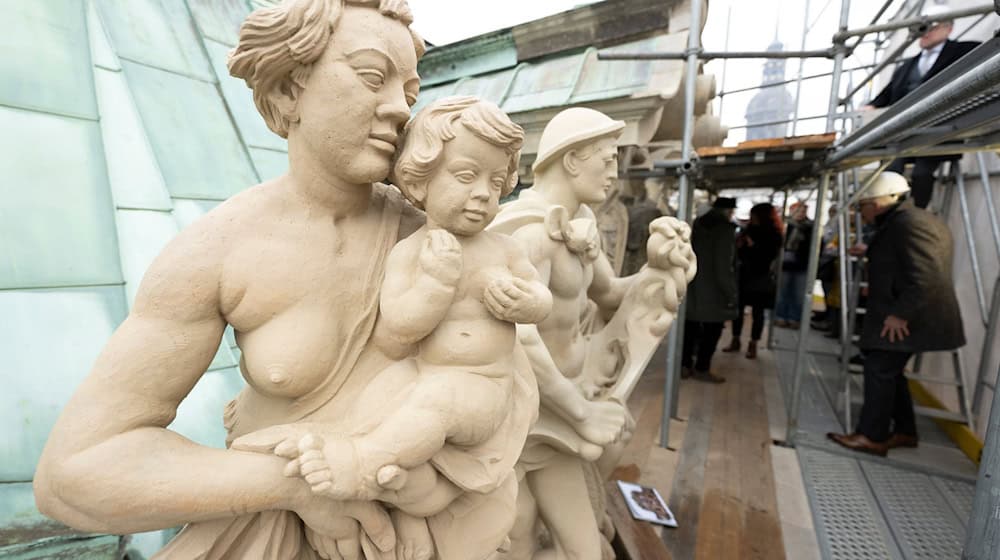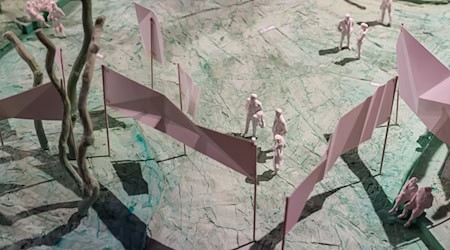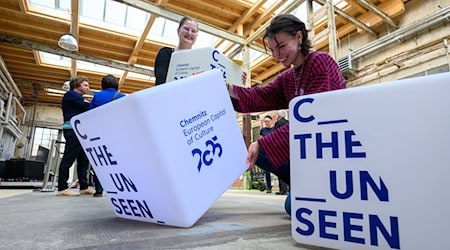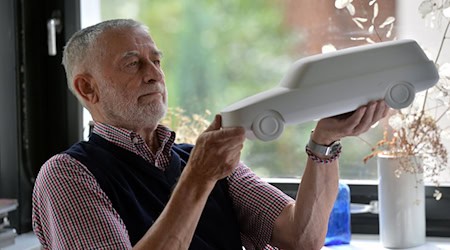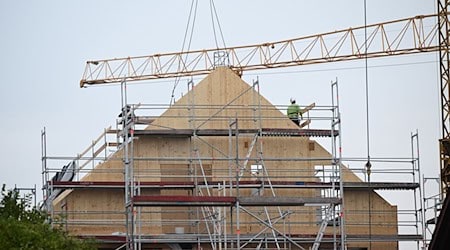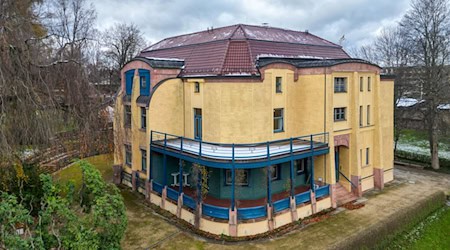It is 300 years old and requires constant maintenance: the Dresden Zwinger, a landmark of the Saxon state capital, looks back on an eventful history and at the same time into the future. Work on the magnificent baroque building is likely to continue for decades and centuries to come. This is the responsibility of the Zwingerbauhütte, which is now celebrating its 100th birthday.
Work on the façade of the Glockenspiel Pavilion will be completed just in time for the anniversary. The work took around one and a half years and cost around 600,000 euros. Saxony's Finance Minister Hartmut Vorjohann (CDU) believes the money was well spent. He said that the restoration of Baroque monuments would make Dresden even more attractive and praised the skill and passion of the Bauhütten employees.
"As a building owner, the Free State is not only responsible for the construction of new modern buildings. Our responsibility towards society and future generations also lies in preserving historical buildings such as the Zwinger as a cultural and contemporary history that can be experienced," emphasized the Minister.
Zwinger master builder: preserving the building fabric is an eternal task
The Dresden Zwinger is considered the most important late Baroque building and, with its crown gate, a symbol of the city. It was built 300 years ago as an orangery and courtly festival venue. It was designed and built by the architect Matthäus Daniel Pöppelmann and the sculptor Balthasar Permoser. Today, it houses several museums of the Dresden State Art Collections, including the porcelain collection.
With regard to the preservation of the building fabric, master builder Kai-Uwe Beger speaks of an eternal task: with around 700 sculptures, a façade area of around 15,000 square meters, 1.2 kilometers of balustrades and 15 fountains, the builders will practically never be finished. Once the restoration has been completed at one end of the complex, work has to start again on the other side.
The Zwingerbauhütte was founded on November 1, 2024. A comprehensive renovation began at that time. Originally, the Zwinger was painted white with oil paint and had a blue roof. According to the stone sculptor Clemens Modrakowski, this was due to the color ideal of the time - white, blue and gold. In Italy, white marble was used for construction, so the grey sandstone was painted white.
With the fundamental restoration of the Zwinger in the 1920s and 1930s, later coats of paint were also removed. The Zwingerbauhütte is now part of Unesco's Intangible Cultural Heritage along with 17 other building huts from five countries. Among these institutions, it is the only hut that is not connected to a sacred building. The Zwingerbauhütte currently has 13 employees, including the Zwinger master builder, two restorers, two master stone sculptors and two journeyman stonemasons.
Copyright 2024, dpa (www.dpa.de). All rights reserved

